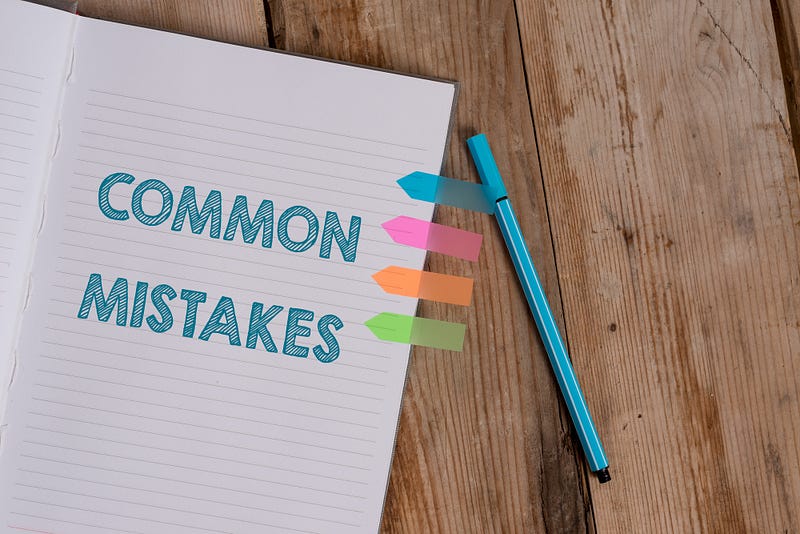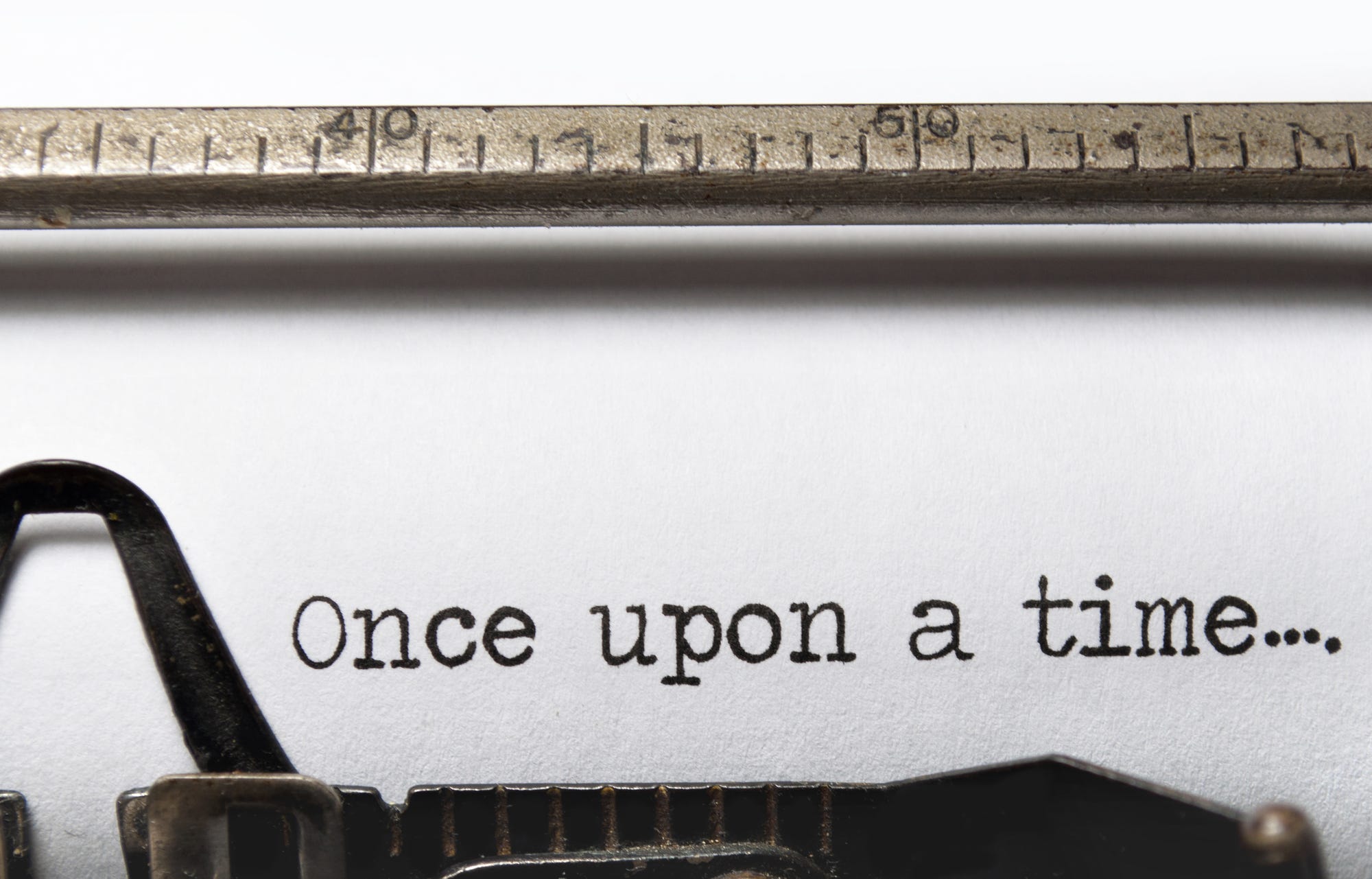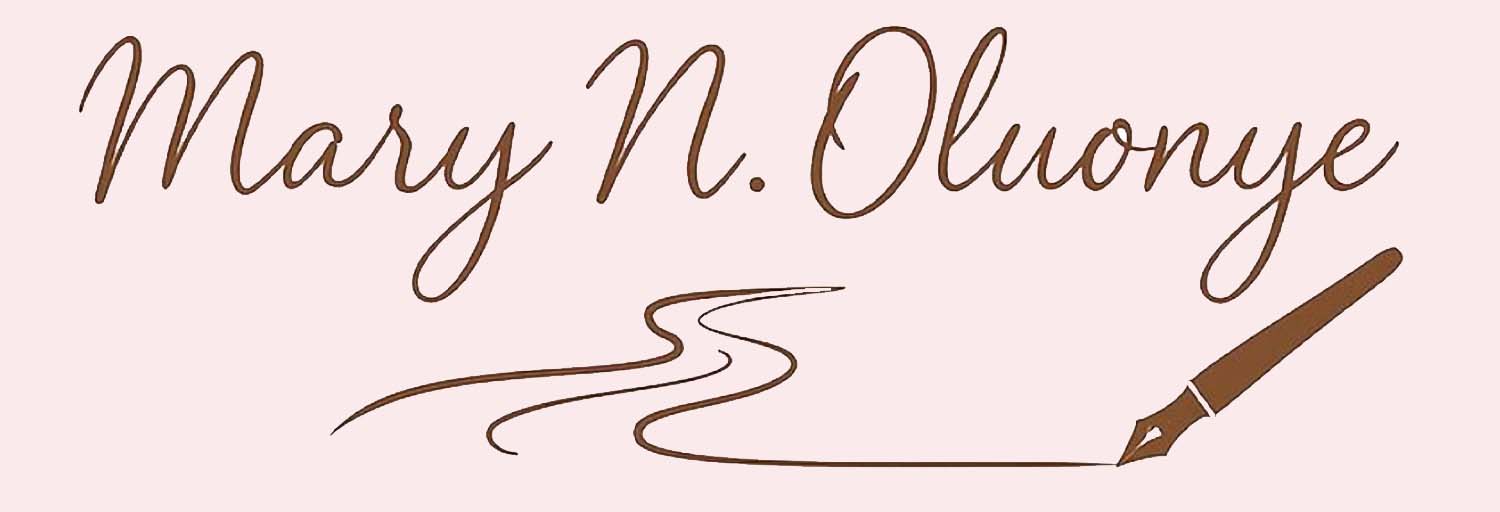So You Want to Write for Children
Watch out for these 7 Common Mistakes

The idea has been floating around in your mind for years. You want to write a children’s book. Wonderful! Now is the perfect time to get started. But before you begin, take a moment to read over these 7 common mistakes made by beginning writers.
Once you’ve read over the mistakes to avoid, pull out your notebook, laptop or other device, make yourself comfortable and get started.
Common Mistake 1: Writing that “talks down” to children
Children, even very young children from beginning or emergent readers and up, are very astute. They can tell when a story is condescending, or to put it in their own words, “is a baby book.”
Trust me, when a young reader or listener is choosing a book to read, and says that a particular book is a “baby book,” it does not bode well for the book. It means that they they are not interested in the book at all. The author has already lost that reader.
A child will label a book baby-ish, when the writer uses overly simplified language and situations that are out of synch with the age of the reader.
Common Mistake 2: Writing a story that is too didactic
The writer has written a story that is “teachy” or “preachy.” The lesson or message of the story is too obvious.
Instead of letting the young reader or listener learn the lesson through the events of the story as they unfold , the writer tells them what to think, feel or learn.
Making this mistake leaves nothing for the child to delight in discovering and ends up sounding more like a lecture.
Common Mistake 3: Not understanding their ideal reader or listener
Children represent a wide and diverse range of audiences. Books written for babies differ from those written for preschoolers. An early chapter book is different from one written for a middle grade reader, and so on.
Each audience is different in terms of reading and comprehension levels. Hence, the vocabulary, length of sentences, sentence structure, number of pages, complexity of the story and the approach taken will vary depending on the audience.
When a writer has not determined the ideal audience for their book, then the story is going to be either too complex or too simple for readers and the question arises, “Who is this book for?”
Common Mistake 4: Unrealistic dialogue and situations
This mistake is closely related to Mistake 3. Not knowing who the ideal audience is will affect the conversations of the characters and the situations they face.
When children interact, play and talk with each other, there is a vast difference in how the various age groups express themselves verbally and physically, as well as how they relate to each other within the context of the everyday events going on in their “world.”
Common Mistake 5: Using dry passive text
When this mistake occurs, the text sounds like one description followed by another and another. In other words, the story sounds more like a summary of events and lacks a sense of excitement and engagement. Using the active voice will draw readers and listeners into the story.
Common Mistake 6: Taking too long to get into the story
The writer spends too much time setting up the story and adding background details. The result is that the reader will begin to lose all interest before the story even begins.
Provide just enough information in the beginning and then get right into the story. This is called the hook. The key is to grab the reader’s attention right away.
Common Mistake 7: Failing to understand that young readers need a happy or hopeful ending
This is the case for books written for toddlers to middle graders. At this time in their lives the books they read should end on a positive note. Yes, there can be challenges and ups and downs throughout the story, and sometimes everything does not end perfectly, but for children at these ages, the ending has to be hopeful, if not happy.
Parting thoughts
So of the 7 common mistakes to avoid, I’d say the one to tackle first would be Mistake 3.
If you identify your reading or listening audience before you start writing, you’ll save yourself a lot of time and frustration. It will be much easier to write your story when you understand everything you need to know about the reading and comprehension level, as well as the life experience of your ideal listener or reader. This is the single best way to connect with and make an indelible impact on the person you are writing for.
Now that you know the mistakes to avoid, start writing and don’t forget to check out my article, Writing for Children is Hard Work: Tips from a Book Reviewer. (Be sure to click on the title here)
Writing for Children is Hard Work
Tips from a Book Reviewer

What makes a good children’s book good? That’s the question. And there is no one easy answer. I know this because I worked for almost twenty years in the youth services department of a public library. I loved my job.
I worked daily with children and teens, read thousands of books, recommended books to parents, children, teens, teachers and aspiring writers.
I also created booklists, designed and ran a writing program for child writers, edited manuscripts for writer friends, and most importantly, reviewed numerous books written for children and teens. My reviews appeared regularly in School Library Journal for many years.
I tell you all this because when it comes to literature written for children and young adults, I know what I am talking about.
Everyone thinks they can write a children’s book. How hard could it be? After all, children’s stories are short, simple and have a lot of illustrations to fill in the spaces. Teen books are a little longer and with less illustrations.
Here’s the reality. Try writing an engaging story with a beginning, middle and end using language that is simple yet descriptive and engaging, and that captures and holds the attention of fidgety young readers and listeners. It’s not so easy.
To be successful you’ll have to be able to think and “see” through the eyes of a child or teen, and understand the ways young people at different ages and reading levels listen to, perceive and respond to books and stories.
When writing for children you cannot take a simple one method approach. Children, even very young children, are incredibly intelligent, discerning and discriminating readers and listeners. It’s easy to underestimate them, and if you do, you will lose their attention. Quickly. You need to understand this before you begin to write that children’s book you’ve been meaning to write.
Three questions to ask yourself before you write your book
1. What type of children’s book are you going to write?
You’ll need to be familiar with the different categories of children’s books and what they look like. The types of books are: picture books, early readers, also known as beginning readers, chapter books, novels, graphic novels/manga. These formats apply to both fiction and non-fiction and they each have their own particular features.
2. Who, in terms of age, will read or listen to your book?
This is your reading audience. Knowing the answer to this question will definitely help keep you focused and on track as you write the story you wish to write, keeping in mind the ages and reading/listening abilities of your target audience.
3. Who, in terms of purchasing, will buy your book?
This question is often overlooked, but it is important because when you write for children and even for teens, your target market regarding sales will be primarily parents, schools, librarians and book sellers. The buyers are adults. So in a sense, you also need to have an idea of the mindset of the adult buyer of the books for your intended reader or listener. What is it about your book that would motivate them to buy it?
What you need to know before you write
The different types of children’s and teen books
Before you write a single word of your children’s or teen book, the first thing you should do is read, read, read. I suggest spending three months just reading, especially the type of book that you would like to write.
For each type of book, take note of the following: number of pages; simplicity or complexity of the words used; style, colors and quantity of the illustrations; plot development; characters; point of view; setting; presentation of factual information etc.
The way young people think
The second thing that you should do is learn how children think. Try to understand the frame of mind of today’s children. Even if you are writing historical fiction or non-fiction, you still need to have some idea of how children and teens think today.
Think about what is relevant to young people. What’s important to them?What are they interested in? What are they reading? What are they talking about? What are they watching on TV or on their mobile devices? What games do they like? How do they perceive the world? And keep in mind that subjects that are “okay” change with time. What was popular and acceptable ten years, five years, or even last week may be unpopular and unacceptable today.
The last thing you want to do is sound, old-fashioned, dated or out of touch with the times, especially so for middle grade readers and up.
Now it’s time to write!
So, if you can keep all of these things in mind as you sit down to write, you’ll increase your chances of writing a successful book that your readers will enjoy and remember for a long time.
Happy readers. More Books Sold. More Happy Readers. And most of all, you will experience a deep sense of satisfaction with what you have created. Your book. Write on!



